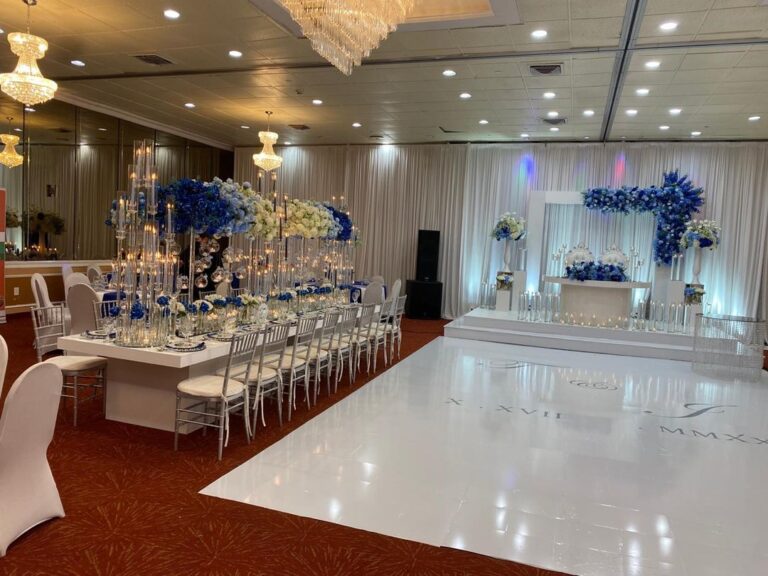
One notable trend in responsive light-emitting diode dance surfaces is the integration of intelligent technology. Many recent designs feature sensors that detect motion and adjust the illumination accordingly. This implies that the floor can alter colors, designs, and effects based on how numerous people are moving and where they are located. This responsiveness fosters a dynamic setting that encourages involvement and excitement. Additionally, some models allow participants to control the illumination through mobile applications, giving them the ability to customize their encounter in the moment.
Another crucial pattern is the utilization of sustainable resources and energy-efficient tech. As ecological issues increase, many designers are focusing on developing LED dancing floors that are not only aesthetically stunning but also eco-friendly. click resources This comprises using recycled materials for the floor's building and implementing power-efficient light-emitting diode lights. These innovations help minimize the carbon impact of events while still offering a captivating aesthetic encounter. By prioritizing eco-friendliness, designers are attracting to a more environmentally aware audience.
The integration of enhanced virtual reality (AR) is also changing the interactive dance surface experience. AR tech allows participants to see digital graphics and animations superimposed on the real world through their smartphones or AR spectacles. This can enhance the dancing floor experience by introducing virtual elements that interact with the real environment. For example, dancers might see animated characters or graphic effects that react to their movements, creating a distinctive and engaging atmosphere. This pattern is particularly appealing to younger audiences who are accustomed to digital engagements in their daily lives.
Additionally, the design of interactive light-emitting diode dancing floors is growing more flexible and adaptable. Many recent models can be easily installed in various environments, from short-term events to long-term setups. This flexibility allows locations to develop customized encounters that cater to various concepts and crowds. Some designs even include interchangeable parts that can be reconfigured to create different configurations and arrangements. This adaptability not only enhances the visual attractiveness but also enables for artistic expression in gathering organization.
In conclusion, the future of responsive light-emitting diode dancing floors is being shaped by creative design trends that focus on technology, eco-friendliness, enhanced virtual reality, and versatility. These advancements are producing more immersive and immersive experiences for participants, establishing dance floors a central element of entertainment venues. As these trends keep to advance, they will likely redefine how individuals engage with sound and movement, ensuring that responsive light-emitting diode dancing surfaces stay a favored choice for gatherings and festivities.